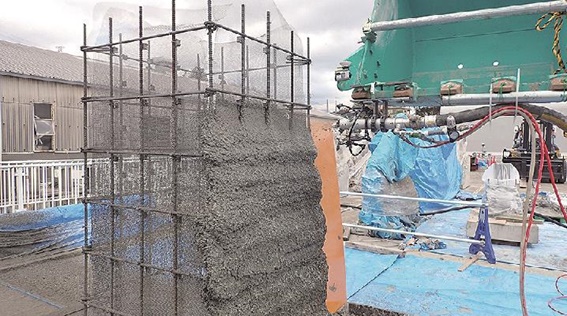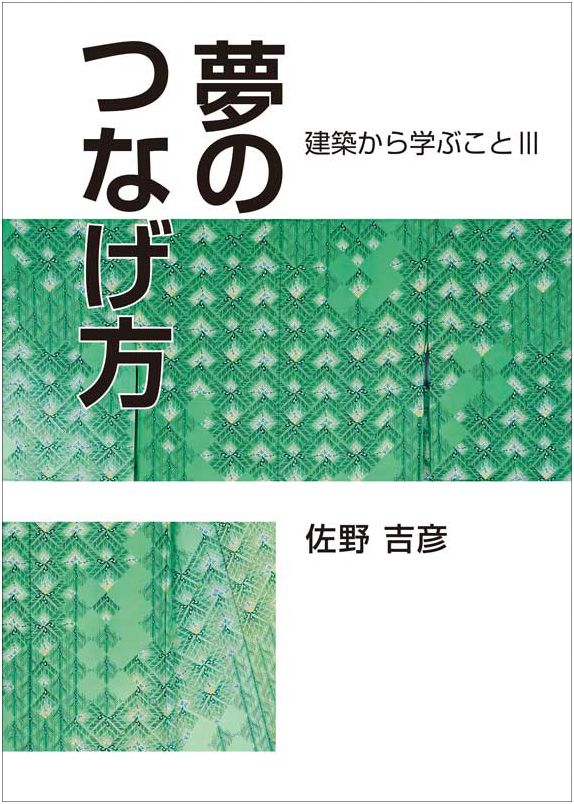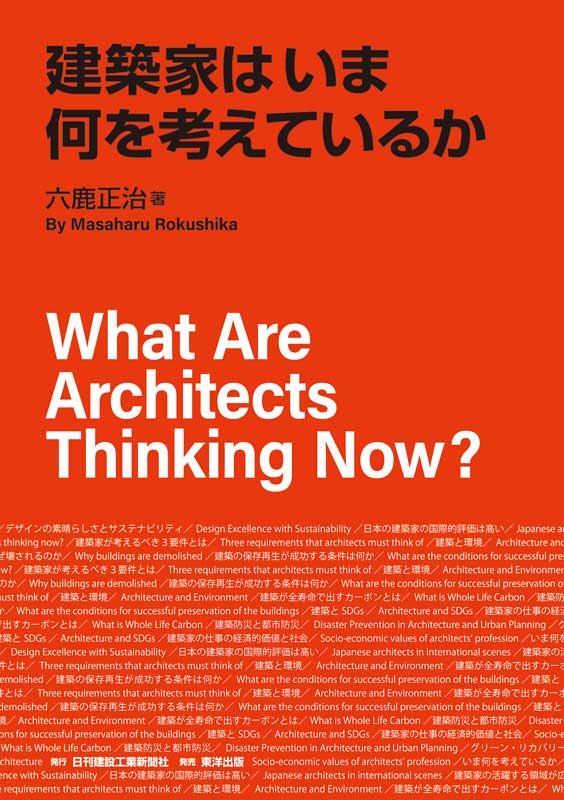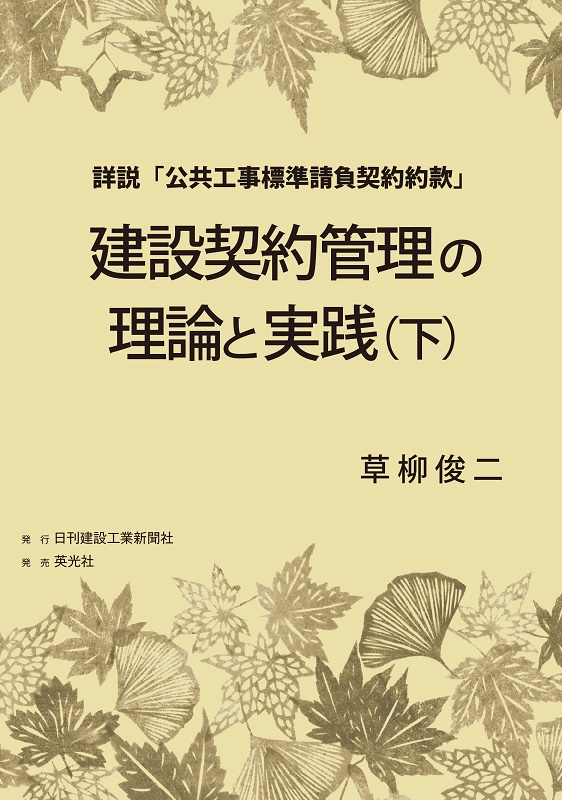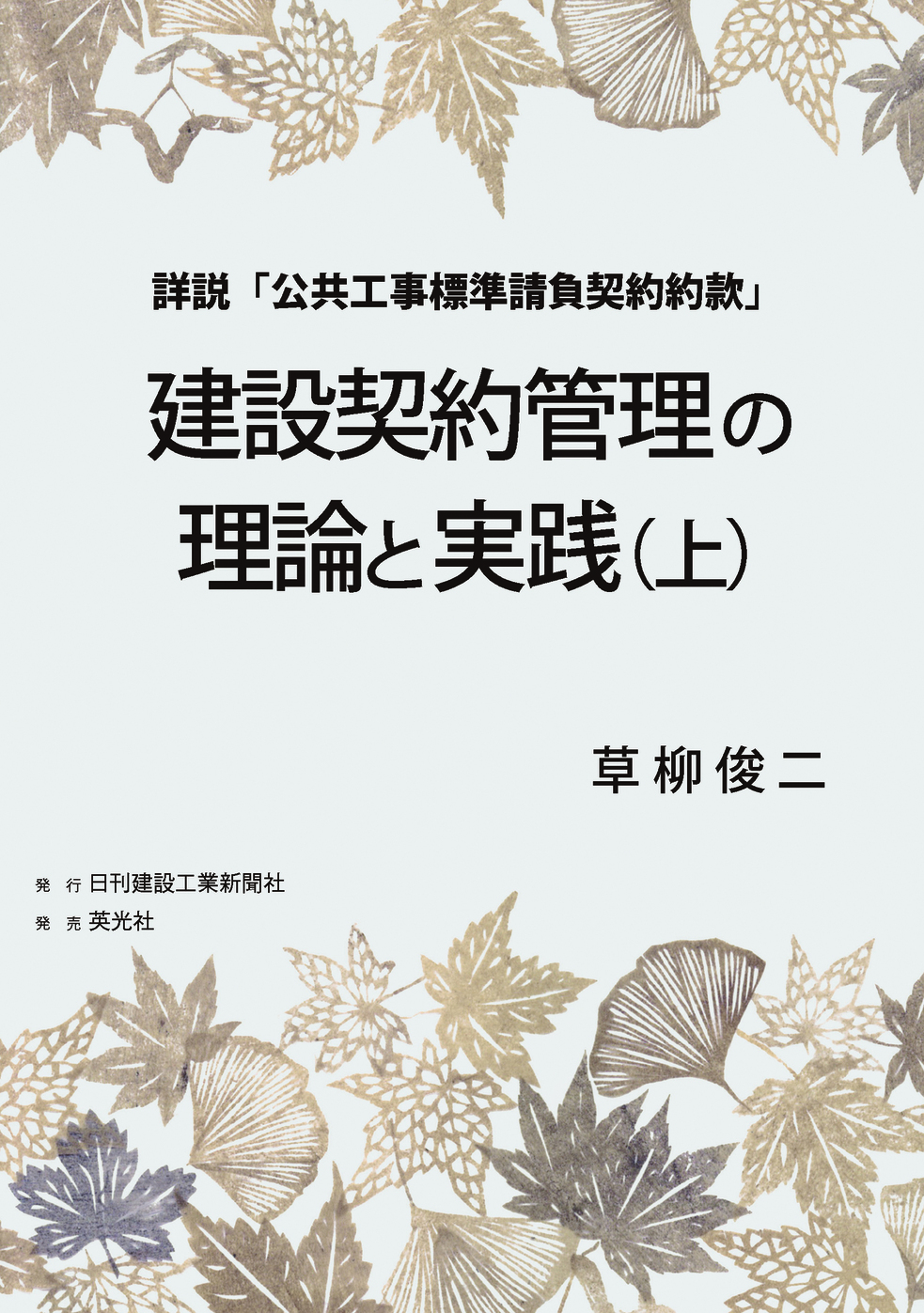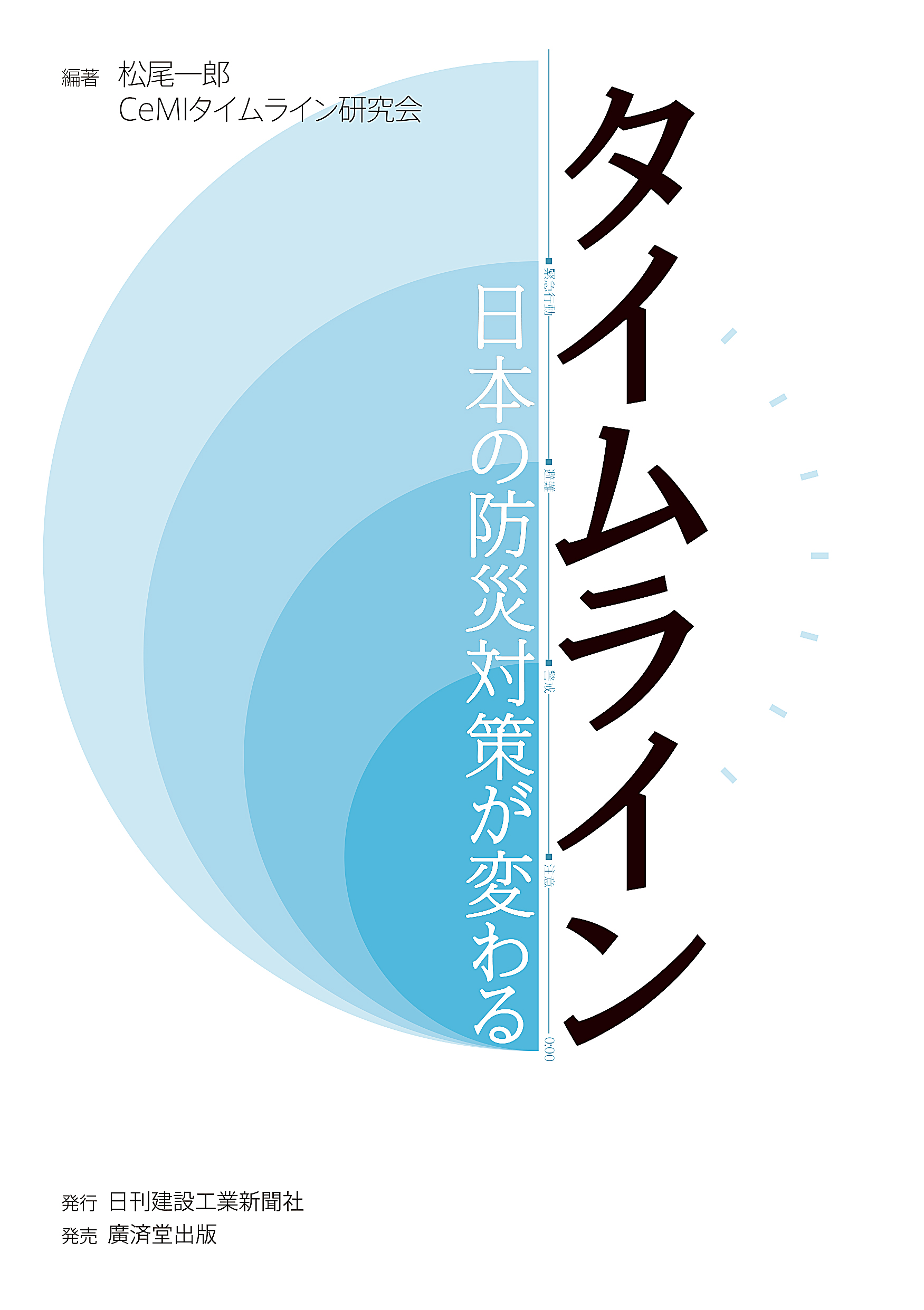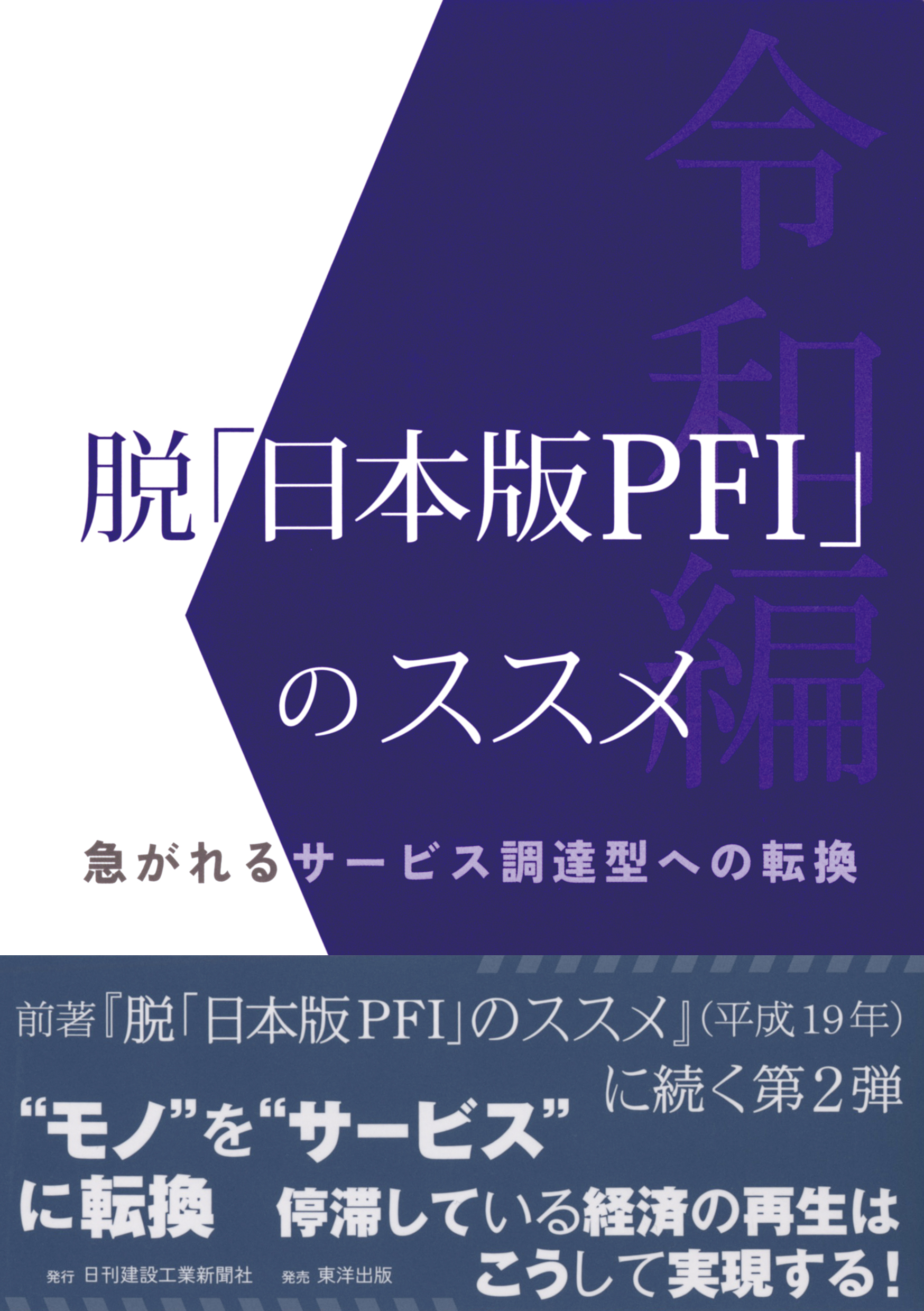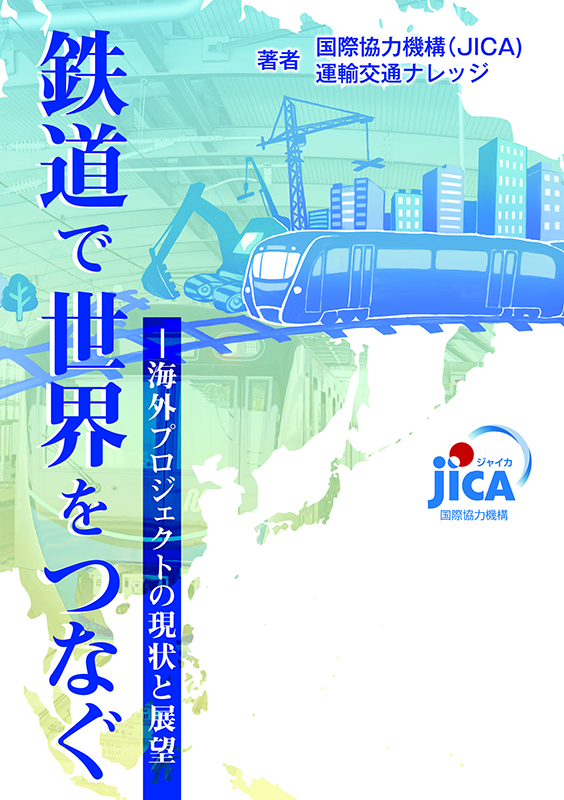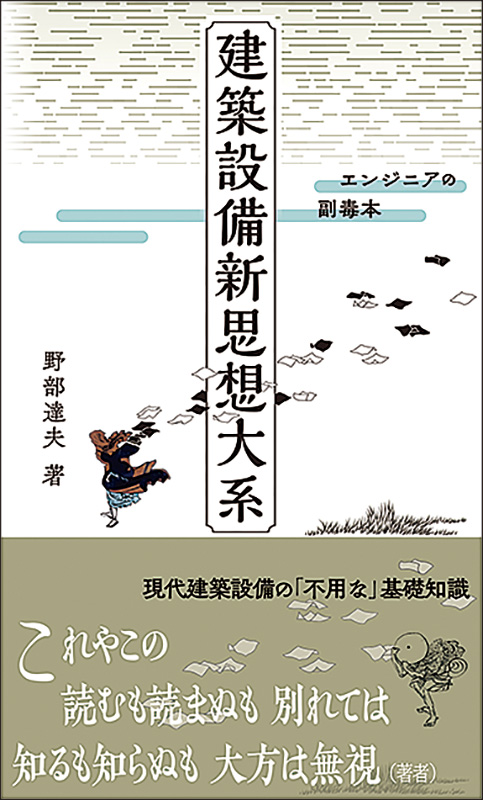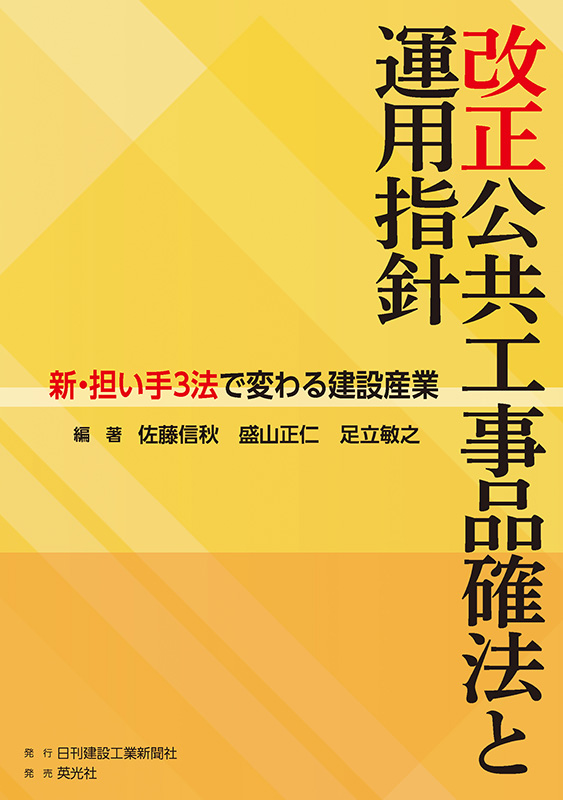A group of researchers at Japan Construction Machinery and Construction Association, Gifu University, and companies including Shimizu Corporation, Sumitomo Osaka Cement, and NIPPO developed the hybrid spraying system for concrete combining the advantages of the dry process method and the wet process. They also demonstrated a practical use of the "on-site shot printer," a technology that can directly print structures such as pillars on site. This is expected to help improve productivity at construction sites according to the researchers. The dry process spraying uses compressed air to convey the cement in the hose to the nozzle where it is mixed with water and sprayed. In the wet process, materials such cement and water are previously mixed and the fluid concrete is sent by compressed air and sprayed directly from the nozzle. The hybrid spraying system developed by the group combines the advantages of the dry mix, which is suitable for long-distance pumping, and the wet mix which enables exact adjustment of air. The on-site shot printer is the 3D printing technology that uses the hybrid spray system and the connected construction machinery. The nozzle attached to the bucket of the machine sprays concrete onto a frame at the site. When an operator specifies the bucket height in the system at the driver's seat, concrete can be automatically sprayed. It takes 20 minutes to complete an area of 1.8 meters high and one meter wide. In the future, the group hopes to develop a dedicated robot that can spray concrete at higher positions. It is also aimed that the technology is applied to bridge superstructures as well as substructure such as bridge piers and caisson (2020/04/21)





